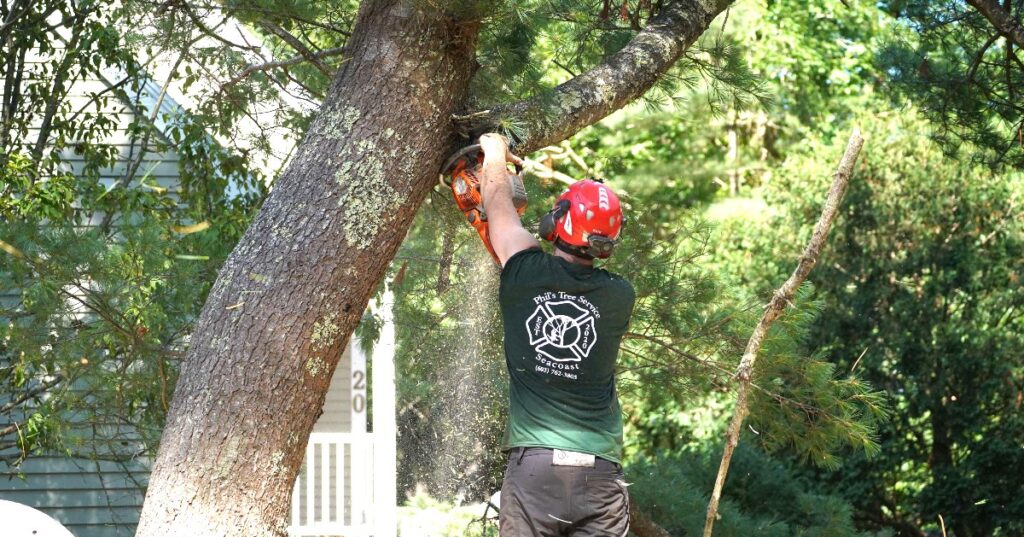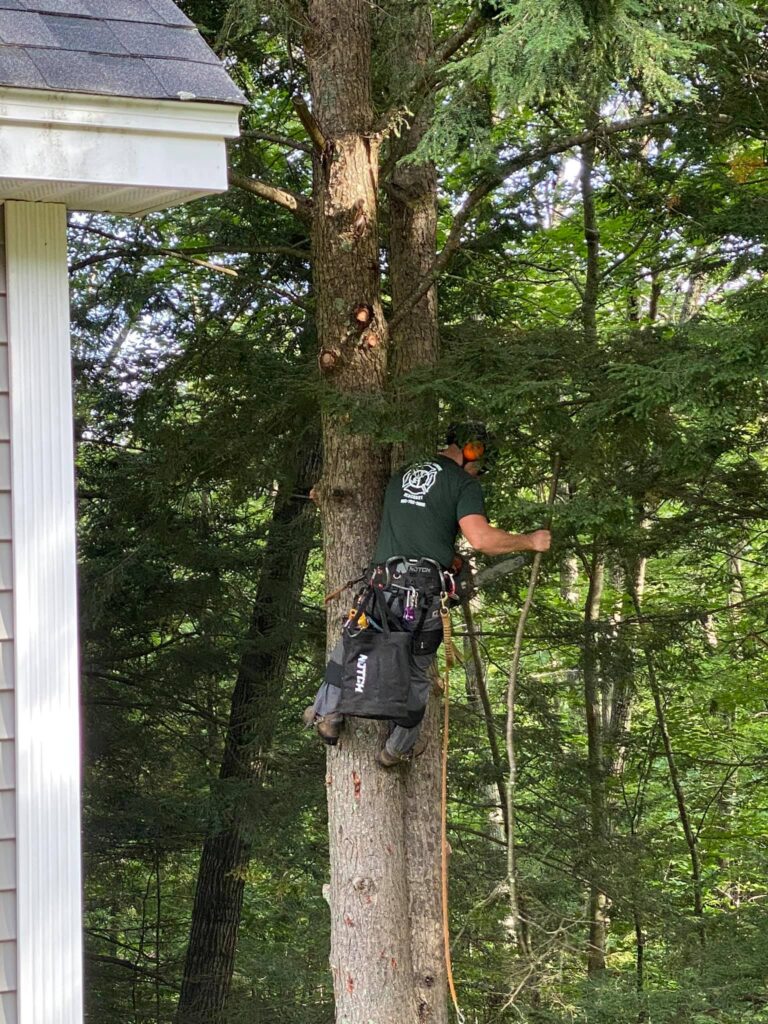Tree Trimming vs Tree Pruning: What’s the Difference and Why It Matters
When it comes to taking care of your trees, not all cuts are the same. Homeowners often hear the terms tree trimming and tree pruning and assume they’re interchangeable. But in reality, they’re two very different services with different goals, and both are essential to keeping your trees strong, beautiful, and safe.
Let’s break down what each one means, when you should do it, and why knowing the difference matters more than you might think.

What Is Tree Trimming?
Tree trimming is all about managing how your trees look and behave in your yard. It’s a bit like giving them a haircut, cutting back overgrown branches that are getting too close to your home, blocking your view, or just making your landscape look messy.
Why Trim Your Trees?
Curb Appeal:
A well-trimmed tree looks clean and cared for, adding polish and structure to your landscape.
Safety First:
Trimming removes limbs that hang too close to your home, driveway, or utility lines, preventing costly damage during storms.
More Light, Better Airflow:
Thinning out branches helps sunlight and air reach the center of the tree and the ground below, benefiting your lawn and surrounding plants.
Best Time for Tree Trimming
Most trees benefit from trimming in the late winter or early spring. The trees are still dormant, which means they’re less likely to be stressed by a trim. Plus, it’s easier to see their shape without leaves in the way.
What Is Tree Pruning?
Tree pruning digs a little deeper than trimming. It’s more technical, more precise, and more focused on the health of the tree itself. Pruning removes dead, diseased, or damaged branches before they become a bigger problem.
Why Prune Your Trees?
Healthier Trees:
Cutting out dead or diseased branches stops decay from spreading and gives the tree a better shot at thriving.
Stronger Structure:
Pruning encourages a sturdy, balanced shape that can withstand wind and weather better.
Better Bloom and Fruit Production:
For flowering or fruiting trees, regular pruning can lead to higher-quality blooms and additional fruit.
When to Prune
Most pruning is best done during the dormant season (late winter to early spring). This allows the tree to heal quickly and get ready for spring growth. However, dead or dangerous branches should be removed as soon as they’re spotted, regardless of season.

Key Differences Between Tree Trimming and Tree Pruning
Factor | Tree Trimming | Tree Pruning |
Primary Purpose | Aesthetics, shape, and safety | Health, longevity, and structure |
Branch Type | Overgrown or intrusive branches | Dead, diseased, or weak branches |
Timing | Late winter or early spring | Dormant season or as needed for safety |
Frequency | Every 6 months to a year | Annually or as required, based on health |
Tools Used | Hedge trimmers, shears | Pruning shears, pole saws, loppers |
Why It’s Important to Know the Difference
When you understand the difference between tree trimming and pruning, you’re better equipped to give your trees what they need, when they need it. It’s not just about looks, though trimming certainly helps. It’s about keeping your trees safe, healthy, and structurally sound for years to come.
Letting diseased or dead branches linger can invite pests, disease, and decay into your yard. On the flip side, trimming too aggressively or at the wrong time can stress a tree out or leave it vulnerable to infection.
That’s why many homeowners choose to bring in experienced pros. People who know how to read a tree and make smart cuts that protect both its beauty and its health.
Partner with Experts Who Know Trees
Understanding the difference between trimming and pruning helps you take smarter care of your trees. But knowing when and how to do it can still be a challenge. That’s why it’s worth working with a trusted team that knows local trees, weather patterns, and safety protocols.
At Phil’s Tree Service Seacoast, we take the time to do things right. Whether your trees need a light trim or a health-focused pruning session, we’re here to help protect your landscape and your property.

FAQs
- How do I know if my tree needs trimming or pruning?
Look for overgrown branches for trimming. If you see dead limbs, fungus, or signs of disease, that’s a clear sign it needs pruning.
2. Can I trim or prune trees myself?
Small branches can usually be handled with the right tools and care, but larger jobs, especially near power lines, should be left to professionals.
3. Will trimming hurt my tree?
Not if done properly. Over-trimming can stress the tree, but regular, thoughtful cuts help it grow stronger and healthier.
4. How often should I have my trees serviced?
Most trees do well with annual check-ups. Fast-growing species might need trimming more often.
5. What’s the difference between pruning fruit trees and ornamental trees?
Fruit trees are usually pruned to increase yield, while ornamentals are shaped for beauty and structure.
6. Is fall a good time to trim or prune?
It depends. Fall trimming is okay for appearance, but major pruning is better done in late winter to reduce stress on the tree.

